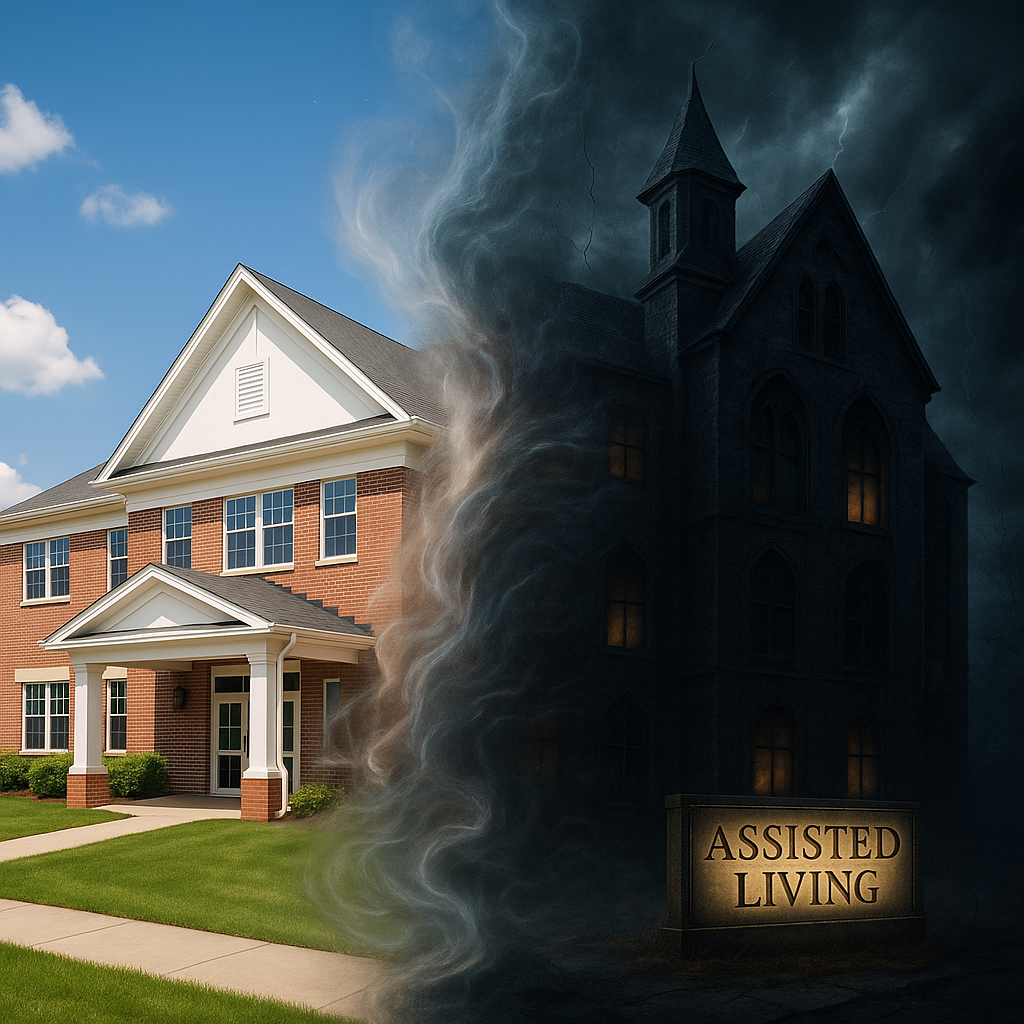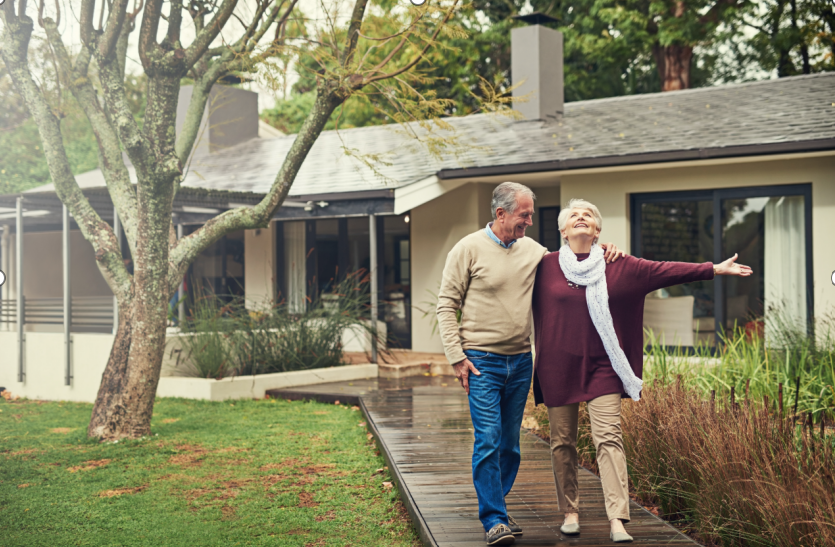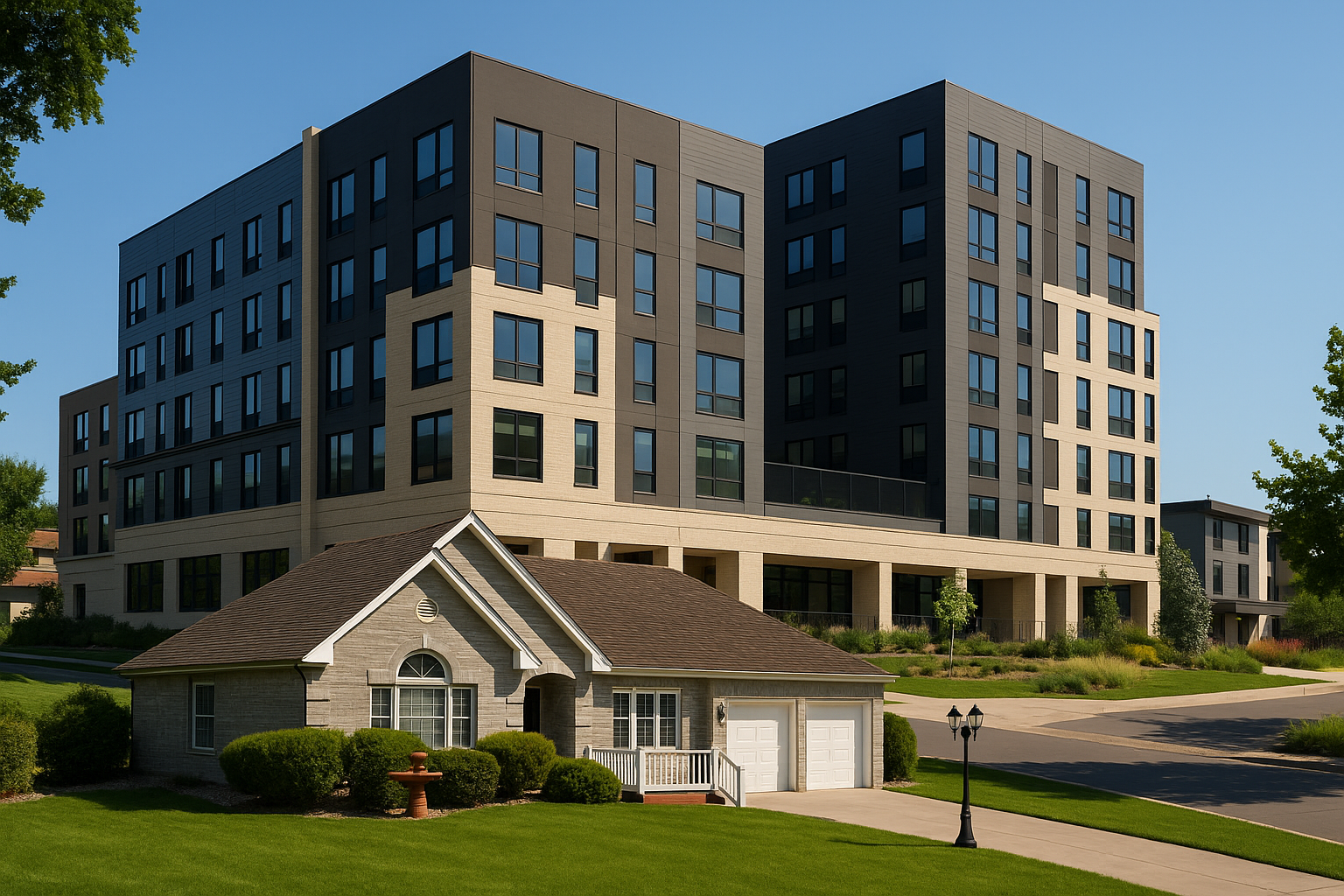BLOG
Helping Seniors Document Their Life Stories and Share Their Wisdom
Seniors hold a wealth of life experience that must be documented and shared. Their stories reflect unique perspectives on history, family, resilience, and personal growth. Telling senior life stories helps them connect to others and reaffirm their identity. Life review is an essential part of emotional well-being in assisted living communities.
Senior life stories provide a powerful sense of purpose. Creating space for storytelling allows residents to reflect on meaningful moments that shaped who they are. It also strengthens their relationships with family members and caregivers. In assisted living environments, this process can be transformative for both the storyteller and the listener.
Creating a Supportive Space for Storytelling
A calm, comfortable environment is essential for encouraging residents to open up. Seniors often feel more secure sharing memories in familiar and nonjudgmental spaces. Thoughtful design, familiar objects, and caring staff help create the right setting. Quiet areas with soft lighting and personal touches can foster better memory recall.
Caregivers and staff should ask open-ended questions that guide seniors into their memories. Instead of yes-or-no inquiries, questions like “What was your first job?” or “What holidays meant the most to your family?” open doors to rich conversation. Allowing time for thoughtful responses reduces pressure and increases comfort. Gentle prompting paired with genuine curiosity builds trust.

Personal items such as photographs, heirlooms, or favorite music can trigger vivid memories. A specific scent or song may bring back moments from decades ago. These sensory experiences help deepen the storytelling process. In addition, many assisted living communities use memory boxes or themed prompts to spark discussion.
Studies have shown that guided life reviews improve mood and memory in older adults. Structured storytelling can even help reduce depression and anxiety. When seniors feel safe and supported, they are more likely to engage deeply in sharing their past. Building the right atmosphere is the foundation for meaningful storytelling.
Benefits of Documenting Senior Life Stories
Reflecting on past experiences provides seniors with a renewed sense of purpose. Sharing personal achievements, lessons, and challenges helps reaffirm a well-lived life. Residents often feel more connected to their identity after participating in storytelling activities. Retelling important life events allows them to process and honor those moments.
Documenting stories also supports cognitive engagement. Recalling timelines, names, and places can meaningfully stimulate brain activity. According to a 2022 study, storytelling has measurable benefits for mental health in older adults. Life stories keep the mind active and help preserve memory function over time.
Senior life stories also serve as a bridge between generations. Family members who hear these stories often gain a deeper appreciation for their loved one’s experiences. The exchange of stories can improve empathy, strengthen family bonds, and foster open communication. Grandchildren, in particular, benefit from hearing about the values and traditions of earlier generations.
Emotional well-being improves when seniors feel their lives have significance. Telling their stories offers comfort, healing, and validation. Assisted living residents participating in life story programs often report feeling happier and more socially connected. Documenting one’s past can be one of the most fulfilling activities in later life.
Involving Families in the Storytelling Process
Family members play a vital role in capturing and enhancing senior life stories. Loved ones can help fill in gaps and contribute valuable context. Collaborative storytelling often leads to emotional discoveries and more profound understanding between generations. Even quiet listeners prencouragey being present and engaged.

Organizing a story-sharing session during family visits creates a natural opportunity to reflect and connect. These conversations may be guided by prompts or spontaneous depending on comfort levels. Bringing a photo album or an old letter can be a conversation starter. Engaging together in storytelling strengthens relationships and honors shared memories.
Families can also help document stories using notebooks, recordings, or digital tools. A simple voice memo captured on a smartphone can preserve a moment forever. Typed transcripts or video interviews may be compiled into a keepsake. Working together on this process creates something meaningful that lasts across generations.
Families who participate in life review activities report greater closeness and appreciation. Sharing in this way becomes an act of love. These efforts help preserve a loved one’s legacy intentionally and enduringly.
Formats for Preserving and Sharing Senior Life Stories
Journals and memoirs are classic formats for capturing senior life stories. Many seniors enjoy writing in their own words to preserve key memories. Journaling can be therapeutic, helping residents express emotions and make sense of past experiences. Assisted living staff can provide materials and prompts to encourage writing.
Audio and video recordings are valuable options for those who prefer to speak rather than write. Hearing a loved one’s voice or seeing their expressions brings stories to life. These formats also preserve emotion, tone, and spontaneity in a way writing may not. Caregivers and family members can help with setup and recording.
Digital storytelling platforms make it easier than ever to preserve memories. Online services allow users to organize photos, written stories, and audio into shareable formats. These stories can be saved privately or shared with a wider family circle. Assisted living communities often offer support in navigating these platforms.
Some residents enjoy combining storytelling with creative expression. Scrapbooking, painting, or creating a memory quilt can offer alternative ways to preserve and share stories. These formats allow seniors to blend narrative with art. Furthermore, creative outlets are constructive for those with memory or communication challenges.
Preserving Wisdom and Meaning
Documenting senior life stories supports emotional wellness, identity, and connection in assisted living environments. Sharing memories affirms dignity and helps residents see the continued value of their experiences. Families gain insights, build closeness, and preserve the wisdom of loved ones. Every story told becomes a contribution to legacy, culture, and compassion.
Support for storytelling is a vital part of care at Assured Senior Living. Our caregivers foster meaningful connections and help residents document their journeys with care and respect. Life story programs strengthen emotional wellness while promoting dignity and belonging. Learn how we celebrate each resident’s unique story.














